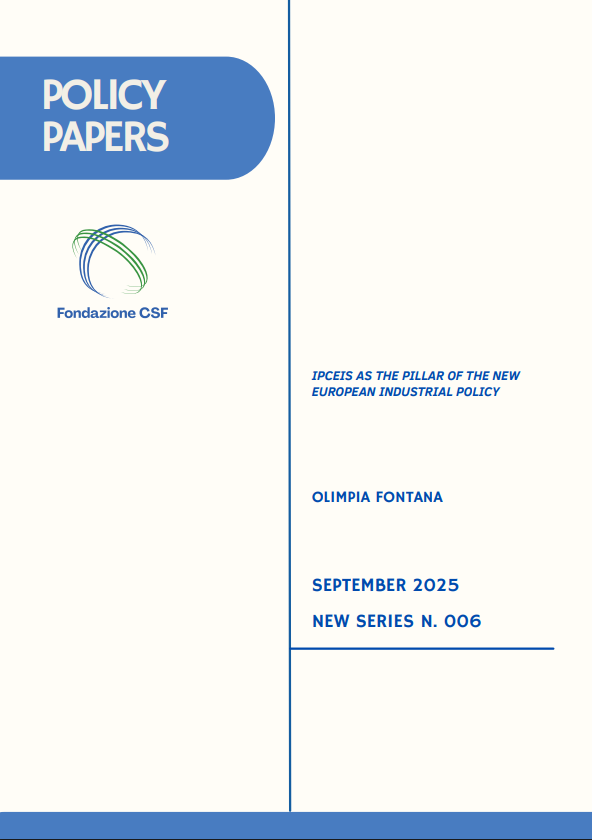Olimpia Fontana / September 2025
PCEIs have emerged as a fundamental tool of European industrial policy, but they require substantial investments in research, development, and innovation. So far, 11 IPCEIs have been launched, with the aim of mobilizing over €100 billion in total investments in key sectors such as microelectronics, batteries, and green hydrogen. The launch of second-wave IPCEIs has coincided with NextGeneration EU and the co-financing from the Recovery and Resilience Facility, enabling increased participation by Member States.
However, several critical issues have emerged so far from the experience with the IPCEIs: risks of distortion of the single market, shortcomings in governance, and difficulties for Small and Medium-sized Enterprises. To strengthen the IPCEIs, it will be necessary first and foremost to improve coordination and governance, by reinforcing the Joint European Forum for IPCEI and establishing a Center of Excellence for IPCEIs. Secondly, it is important to encourage Small and Medium-sized Enterprises participation by simplifying and streamlining procedures, also through partnerships and the use of associated and indirect partners. Finally, stable European funding must be ensured: an adequate European fiscal capacity is essential for an industrial policy capable of meeting international challenges.
Keywords: IPCEI, European industrial policy, single market fragmentation, European fiscal policy, European public goods

 En
En  It
It 



